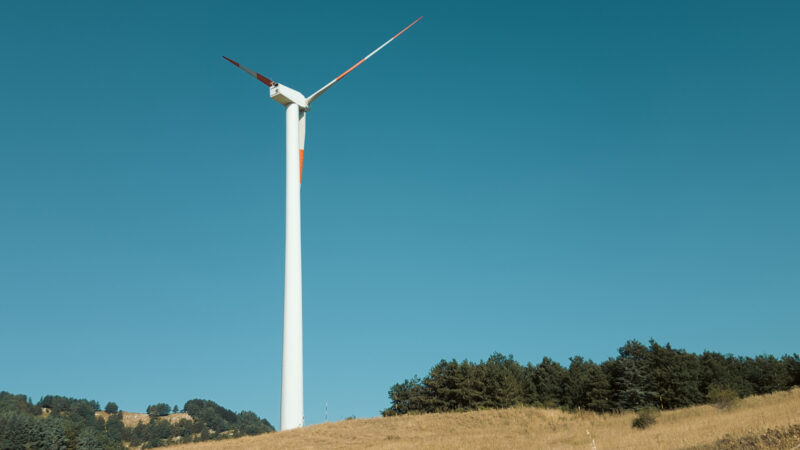What is Grid Balancing?
A guide explaining the concept of grid balancing and its relation to electric vehicles (EVs).
Last updated: Jul 26, 2024 • 3 min read

Summary
Grid balancing is the mechanism of managing the supply and demand of energy in the electricity network. It helps to avoid power cuts and straining of the grid by making sure the right amount of electricity is available to meet demand during all times.
What is the grid?
The UK’s electrical grid, called the National Grid or simply the grid, is the network that distributes electricity and gas to homes and businesses. It carries energy from renewable, nuclear and fossil fuel sources to homes, public buildings like schools and commercial locations such as your office or nearby supermarket.
The grid uses high-voltage power lines, interconnectors and storage facilities to distribute electricity and always make sure enough energy is available.
What challenges is the grid facing?
As we continue to electrify transportation, heating and other areas of life, demand on the grid is steadily rising. This growing need for electricity has the potential to strain the existing grid infrastructure, leading to supply issues and power cuts in the worst case.
What is grid balancing?
The National Grid employs grid balancing mechanisms designed to maintain a stable and continuous supply of electricity across the network. This happens seamlessly throughout the day without you noticing.
The key goal of grid balancing is to deal with fluctuations in energy demand and supply while we increase the share of renewables and eventually phase out fossil fuel sources.
Mechanisms and technologies in grid balancing include:
Adjusting the output of power stations
Using energy storage solutions such as batteries to retain and release excess electricity
Employing demand response strategies which encourage consumers to use less energy during peak times
Can EVs help balance the grid?
The grid already uses energy storage to make sure that excess energy doesn’t go to waste and is available to use later when demand is higher. Applying the same concept, EVs could play an important role in balancing the grid in the future, using vehicle-to-grid or V2G technology.
V2G rewards EV drivers for helping to balance the grid by paying them to supply energy stored in their EV batteries to the grid when demand is high. It helps to avoid power cuts and minimises the use of fossil fuels. To use V2G, you’ll need a charger that supports the technology and have your EV plugged into your home charger.
Vehicle-to-grid technology is currently not viable in the mainstream, but something to keep an eye on for the future. You can learn more about V2G in our guide.

